THE LUMIERE BLOG
The One Big Beautiful Bill Act (OBBBA) - What Employers and Employees Need to Know
The One Big Beautiful Bill Act (OBBBA), signed into law on July 4, 2025, introduces a wide range of changes to federal tax codes, social programs, and more, impacting both employers and employees.
Why Agencies Struggle to Forecast Revenue (And How to Fix It)
Creative agencies often guess at future revenue because pipeline, timing, retainer behavior, and delivery capacity aren’t modeled properly. Here’s how to fix it.
How to Build a Weekly Restaurant Finance Rhythm (Without Adding More Work)
Learn how to build a clean, repeatable weekly financial rhythm for your restaurant—without adding more work. This guide breaks down the exact reports, KPIs, and processes operators need to stay profitable and in control.
Streamlining Operations and Enhancing Financial Management: A Case Study of Outsourced Accounting Solutions for a Small Restaurant
Discover how one small restaurant optimized its entire operation and achieved robust financial health by partnering with our outsourced accounting solutions. This case study highlights the transformation from time-consuming, in-house bookkeeping to a streamlined, expert-managed financial system.
Labor Forecasting for Restaurants: A Practical Guide for Lower Labor Cost and Higher Efficiency
Improve restaurant labor cost with accurate forecasting. Learn how top operators use sales data, scheduling tools, and productivity metrics to optimize staffing.
Benefits of a PEO - hint it's the benefits!
A Professional Employer Organization (PEO) offers numerous benefits designed to streamline your business operations and employee management. By partnering with a PEO, you can save significant time and money while reducing administrative burdens.
Case Study: Strengthening Financial Operations for a Growing Nonprofit Through Outsourced Accounting & Strategic Finance Support
Nonprofits run lean by design, but lean doesn’t mean chaotic. When financial processes are unclear, reporting is inconsistent, or audits become a scramble, it drains executive time and undermines board confidence.










